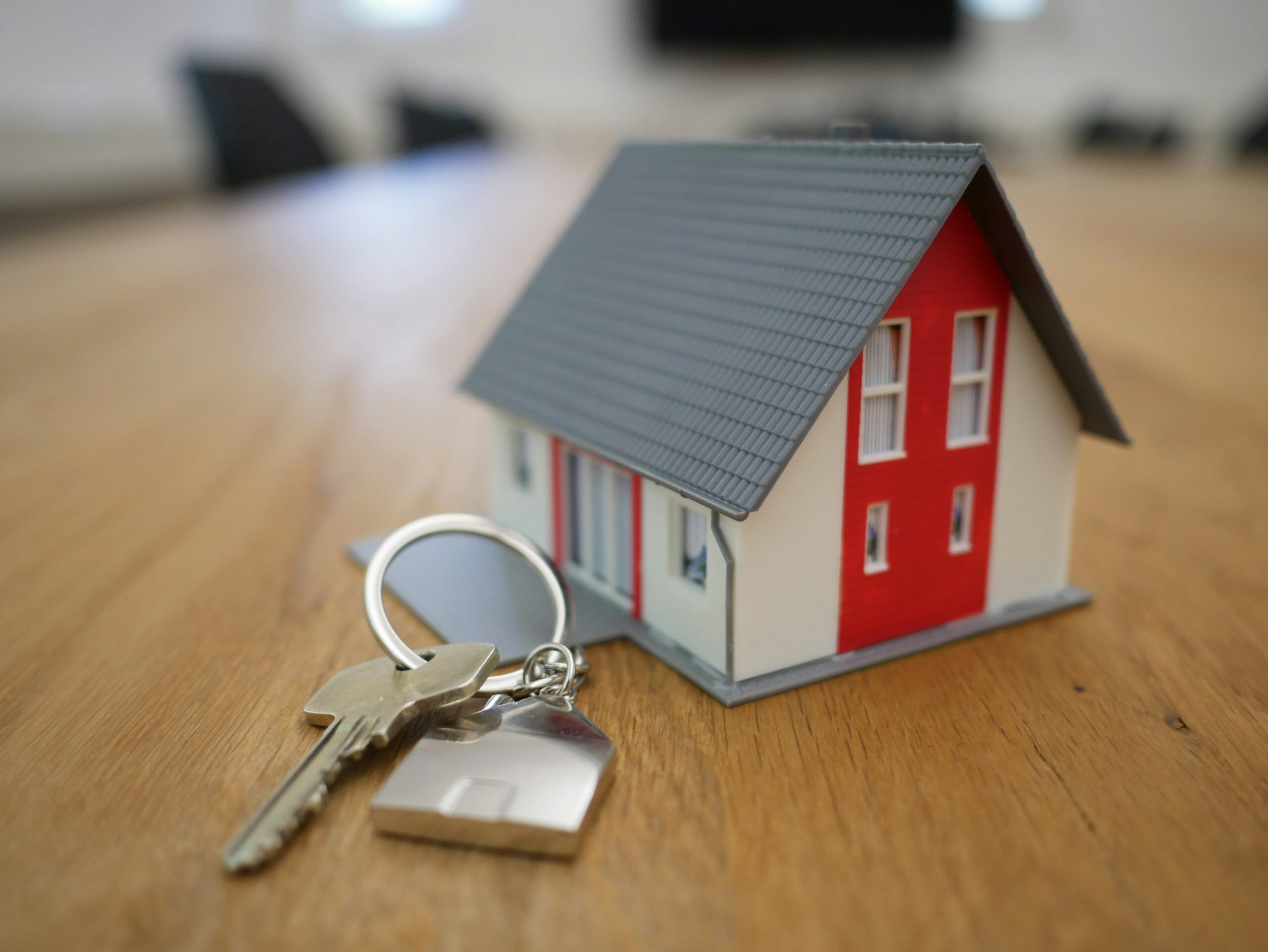You’ve been dreaming of fixing up your home. Maybe you want a new kitchen, better flooring, or a complete bathroom makeover. But there’s one thing standing in your way—money. Home renovations can be expensive, and not everyone has the savings ready to go.
You’re not alone. Many homeowners find themselves stuck between wanting to improve their homes and not knowing how to pay for it. Luckily, there are several ways you can finance your home renovation without breaking the bank or putting yourself in a tough financial spot.
Explore How to Get a Home Improvement Loan
If you don’t have the cash to cover renovation costs upfront, one of the most popular solutions is a home improvement loan. These loans are designed specifically for homeowners who want to upgrade or repair their property.
Learning how to get a home improvement loan is simple and can make a big difference. You can start by checking your credit score, as most lenders look for a good credit history. Lenders like Sofi offer flexible terms, competitive rates, and fast online applications, which makes them a trusted option for borrowers who want to renovate without hassle.
Use a Home Equity Line of Credit (HELOC)
Another common method to fund home renovations is through a home equity line of credit. This type of loan lets you borrow against the value of your home, and you can use the funds as needed, like a credit card. The biggest benefit here is that you only pay interest on the amount you actually use.
A HELOC is ideal for bigger renovation projects that take time. Since you can borrow in chunks, you can manage your spending over several weeks or months instead of taking a lump sum.
Look Into a Home Equity Loan
A home equity loan is similar to a HELOC, but instead of borrowing little by little, you get the entire amount at once. This is great for large projects where you need all the money upfront—like redoing your roof or adding a new room. These loans usually offer lower interest rates than credit cards or personal loans, and your repayment terms are often spread out over several years.
But keep in mind, your house acts as collateral. That means if you fall behind on payments, you could risk losing your home. It’s important to make sure the monthly payment fits into your budget before you agree to anything.
Check Out Personal Loans as a Backup Plan
If you don’t want to use your home as collateral, a personal loan might be the answer. These loans don’t require you to own a certain amount of your home’s value, and you don’t need to worry about putting your house on the line.
Personal loans are quick to get and don’t come with a long approval process. They can work well for small- to mid-size projects like painting, landscaping, or installing new appliances. Just be aware that interest rates can be higher, especially if your credit score isn’t great.
Consider Government Programs and Renovation Grants
In some areas, local or federal programs offer help with home improvements, especially for energy-efficient upgrades or repairs for safety. These programs may provide grants or low-interest loans that you don’t have to repay right away, or in some cases, not at all.
You can check your local housing authority or government websites to see if you qualify. These options are often overlooked, but they can be a big help, especially if you’re working with a tight budget and don’t want to take on too much debt.
